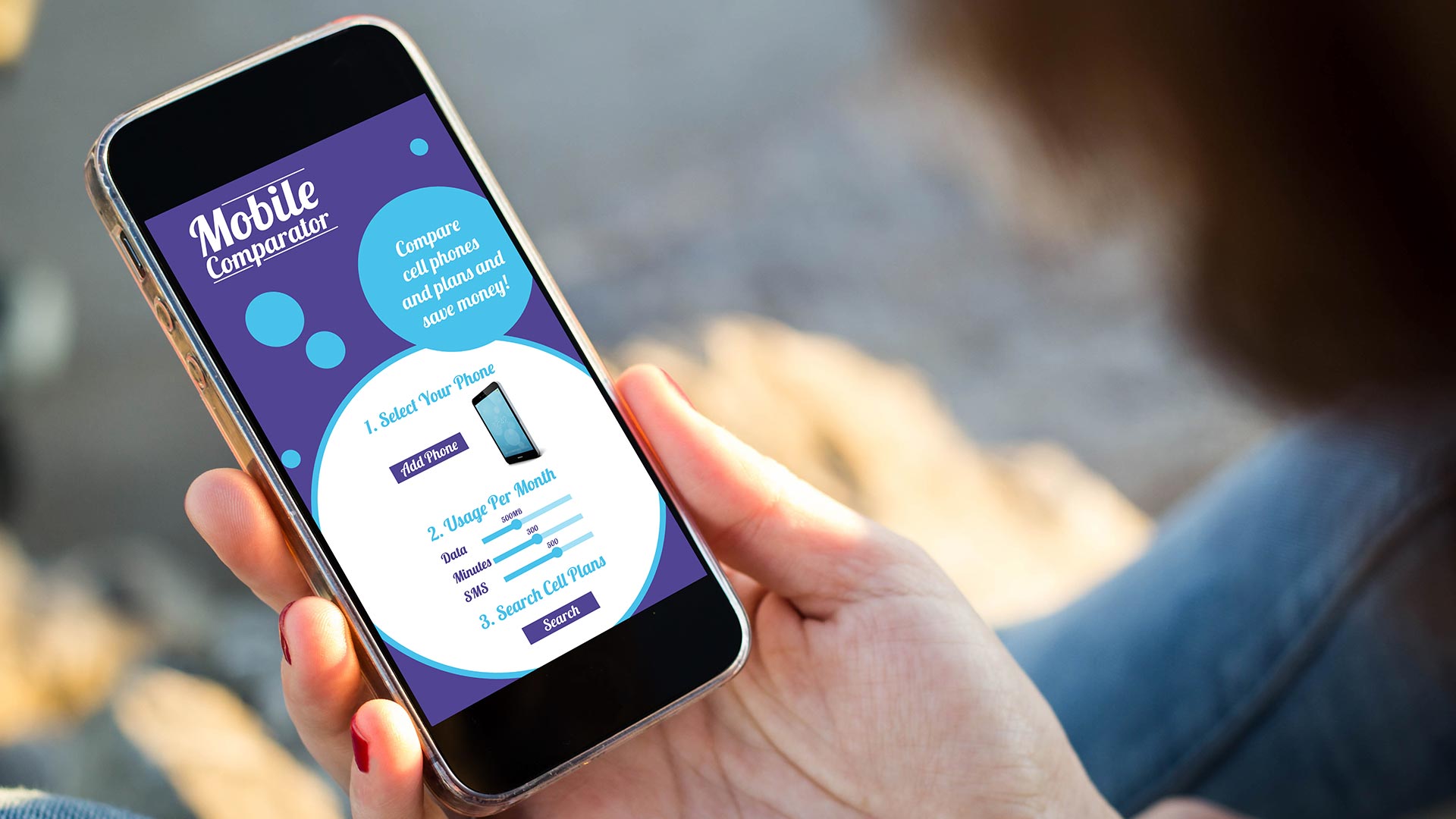


What’s the one thing on the mind of all app developers and marketers? The question is how to Make a Successful Mobile App? Users look for apps to fulfill their everyday needs through app store search and would download and install only those apps that fit their bill.
In the current scenario, an estimated 270 billion apps are expected to be downloaded in 2017 alone. However, it is getting to a point where developing an app now just sits at the tip of the iceberg called mobile marketing. It constitutes only 10% of the app game whereas the rest 90% is all about knowing consumer behavior on the mobile.
Therefore, it becomes essential to decipher user actions and intent through the mobile. Few ways that can help in situations like this can be:
Developing an app is indeed a task; with so much planning, resources and money being invested. It is important for the app to have its own USPs that appeals to its target audience. It can also be argued that it is not possible for all apps to be 100% different from each other. However, one can draw USPs for different parameters like demographics, pricing, marketing strategy, basically the 4 Ps of marketing.

According to a Nielsen survey on consumer preference for mobile apps vs mobile sites – Indian consumers are heavily inclined towards apps that are really personal to them. These include popular social networks, messenger apps, e-mails, and news apps. This trend hardly leaves room for new app discovery to take place. To beat the clutter, it is important that app developers keep in mind the differentiated USPs and convey the same on the right platforms; where they will get a more relevant and targeted audience.
Marketers need to realize that downloads don’t necessarily translate to active users. Some may get users to download their app, still, there is a high probability that they never use the app. This typically happens when app marketers do not take proper care to sort their audience profile for bringing them on board. The usual practice is to run through CPI (Cost per Install) campaigns with app advertisers who do not consider context and user behavior while promoting apps. These campaigns almost always end up sitting with an irrelevant or inactive audience group.
Why conversations? – because conversations eventually lead to an install, download or transaction. This is the place where the next-gen is chatting about everything and taking key decisions. This is indeed achievable by becoming a part of the daily conversations of mobile users. In this regard, human text input presents a great opportunity for mobile marketers to gain insights on users’ goals, plans, next steps, motives, actions, desires and a whole lot more. It is, therefore, safe to say that understanding human expressions and intent will soon be essential to make mobile apps successful.
There are close to 117 actively used languages in the world, and all these languages have taken different modern mobile communication flavors amongst smartphone users. Most users today are multi-tasking on their phones and prefer their choice of language input to voice, for activities they want to conduct on their mobile. Thus, an app supporting multiple languages will be in a win-win situation.

Application design is very critical to make the mobile app a success. Most of the drop-offs after a download happens due to unpleasant UI/UX designs. Be sure to think through the design of your application before you launch your app in the market.
Given the sheer size of the mobile app market, mobile app monetization is a must for most of today’s mobile apps. Competition is fierce and the chance of monetizing every app looks slim. Thus, it is important to have app monetization strategies in place even before the app development phase starts.
Innovation is the cornerstone of the success of every app or product. In the current scenario of app proliferation, it is important that the product managers and app developers don’t stop innovating or scaling up the app after it has tasted success. Stagnancy in technology will eventually lead to death. So, if you are a popular app but aren’t innovating over a period of time. The lag can put your app on a reverse gear.
Source: Entrepreneur